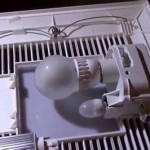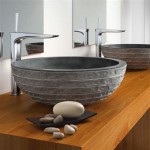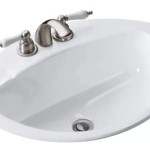Building Code Bathroom Exhaust: Ensuring Safety and Comfort
Bathroom exhaust fans are essential components of a well-ventilated home, playing a critical role in removing moisture, odors, and pollutants. Building codes establish minimum requirements for bathroom exhaust fans, ensuring adequate ventilation and a healthy living environment. Understanding these code requirements is essential for homeowners, builders, and renovators to ensure compliance and create a safe and comfortable bathroom.
Minimum Exhaust Fan Requirements
Building codes specify minimum requirements for bathroom exhaust fan capacity, location, and operation. These requirements vary depending on the jurisdiction and the size and type of bathroom. The most common requirement is for a fan with a minimum CFM (cubic feet per minute) rating, which indicates the volume of air the fan can move per minute. The CFM rating should be sufficient to remove moisture and odors efficiently, typically ranging from 50 CFM for small bathrooms to 100 CFM or more for larger bathrooms with multiple fixtures.
Building codes also dictate the location and type of exhaust fan. In most cases, the fan should be located on the ceiling or wall, directly above the shower or bathtub. The fan should be ducted to the exterior of the building, allowing the expelled air to be discharged outdoors. Ducts should be properly sealed to prevent air leakage and ensure efficient ventilation. Some codes may require specific fan types, such as those with a timer or humidity sensor, to automatically activate the fan and ensure adequate ventilation.
Importance of Code Compliance
Adhering to building codes for bathroom exhaust fans is crucial for several reasons:
-
Health and Safety:
Adequate bathroom ventilation is essential for preventing the buildup of moisture, which can lead to mold and mildew growth. Mold and mildew can trigger allergies, respiratory problems, and other health issues. Exhaust fans also help remove odors, pollutants, and airborne particles, improving indoor air quality and reducing the risk of illness. -
Property Value:
A well-ventilated bathroom is an attractive feature for potential buyers, contributing to a higher property value. Conversely, a poorly ventilated bathroom can be a significant deterrent, leading to lower offers or difficulties in selling the property. -
Code Enforcement:
Building codes are enforced by local authorities to ensure public safety and health. Violations can result in fines, stop-work orders, or other penalties. Compliance with building codes is essential to avoid potential legal issues and maintain a safe and healthy living environment.
Factors Affecting Exhaust Fan Requirements
Several factors can influence the specific requirements for bathroom exhaust fans, including:
-
Bathroom Size:
Larger bathrooms require more powerful fans to adequately remove moisture and odors. -
Fixtures:
Bathrooms with multiple fixtures, such as showers, bathtubs, and toilets, may require a higher CFM rating. -
Climate:
In humid climates, more powerful fans may be needed to remove excess moisture. -
Building Type:
Residential and commercial buildings may have different code requirements for bathroom exhaust fans.
It is essential to consult local building codes and obtain permits before installing or modifying bathroom exhaust fans. A qualified contractor can advise on the appropriate fan size, location, and installation methods to ensure compliance and effective ventilation.

We All Like To Vent Dealing With The Hot And Moist Air Ncw Home Inspections Llc

Bathroom Exhaust Fans Building America Solution Center

How To Vent A Toilet Sink And Shower Drain

Ventilation Pa Energy Code

Inspecting The Bathroom Exhaust Internachi

Invisible Ventilation For A Better Bath Fine Homebuilding

Bathroom Exhaust Fans Building America Solution Center

Code Requirement For Bathroom Vent Location Exhaust Checkthishouse

Chapter 5 Exhaust Systems Mechanical Code 2024 Upcodes

Ventilation Pa Energy Code
Related Posts







